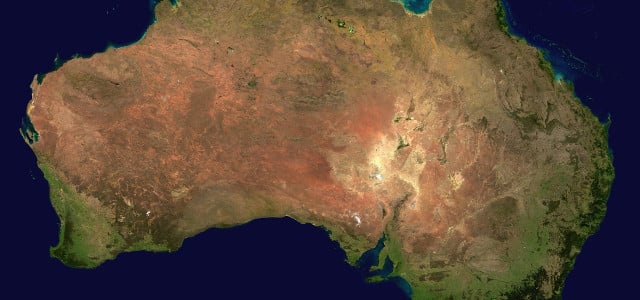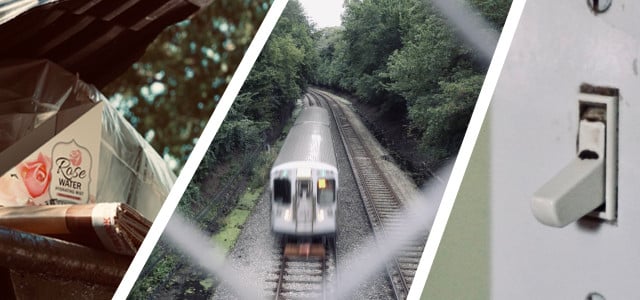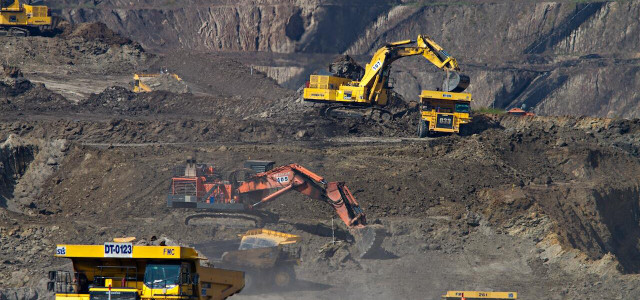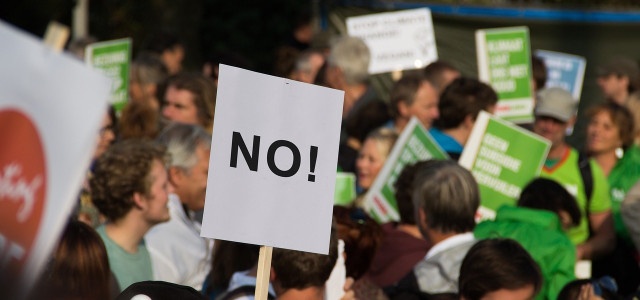Can the US learn from Australian federal policy as their government reforms the Safeguard Mechanism? Find out what it is and if it can help America achieve net zero by 2050.
The Safeguard Mechanism is part of Australian government policy regulated since 2016. The policy is part of a framework designed to reduce carbon emissions from large-scale polluters like oil and gas producers. The country’s government is reforming the Safeguard Mechanism to reduce emissions and achieve their target of 43 percent below the 2005 emissions level by 2030 — and net zero by 2050.
The government anticipates that the reforms will cut Australia’s greenhouse gas emissions by 205 million tons by the end of the decade. As of April 2023, the policy was the subject of significant public and parliamentary debate.
Can the US learn anything from the Safeguard Mechanism? Could it help us reach the goals of COP-27 and the Paris Agreement? Let’s take a look.
What Is the Safeguard Mechanism?
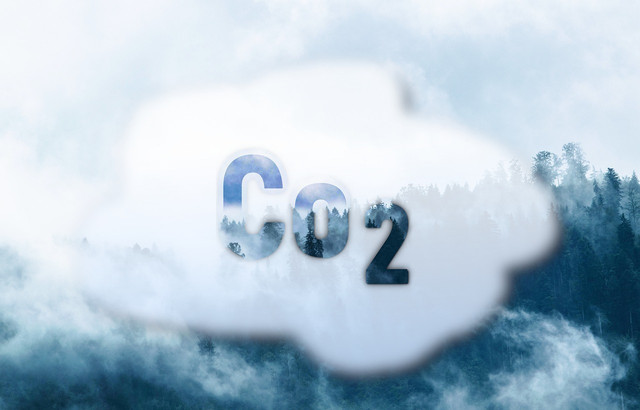
(Foto: CC0 / Pixabay / sozmedia)
The Safeguard Mechanism, designed by Australia’s previous coalition government, was established as part of the Emissions Reduction Fund, which incentivizes Australian businesses and industries to reduce their greenhouse gas emissions. It also encourages companies to undertake activities that store carbon. The fund has three key elements:
- Crediting
- Purchasing
- Safeguarding emissions reductions
Participants in the scheme can earn Australian carbon credit units (ACCUs) for every ton of carbon dioxide equivalent they store or avoid emitting through more sustainable practices. This can be accomplished through projects involving:
- adopting new technology
- upgrading equipment
- changing business practices to improve productivity or energy use
- changing the way vegetation is managed to store more carbon
ACCUs can be sold to generate income or offset emissions that exceed set limits. That’s where the Safeguard Mechanism comes in. The Mechanism places limitations on the volume of greenhouse gases facilities may emit. If they exceed those limits, they must buy ACCUs to fill the deficit. Thus, those organizations with the most sustainable operations can increase profits.
So, the Safeguard Mechanism is essentially a way to budget carbon emissions and incentivize clean and sustainable practices — akin to a punishment-and-reward format.
Who Does the Safeguard Mechanism Apply to?
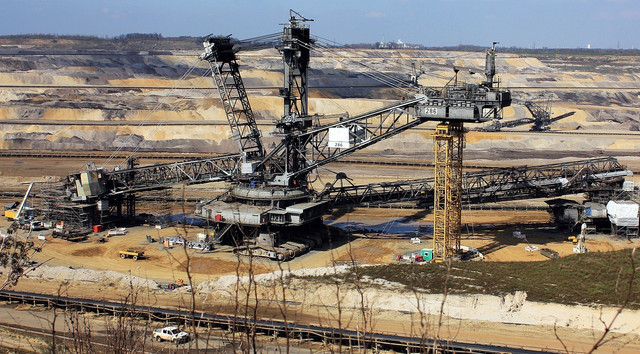


(Foto: CC0 / Pixabay / NoName_13)
The Safeguard Mechanism applies to facilities that emit more than 100,000 tons of carbon dioxide equivalent annually. This encompasses around a third of Australian emission sources and covers the following industries:
- electricity
- mining
- oil and gas production
- manufacturing
- transport
- waste facilities
The responsible emitter with operational control of the facility must ensure the facility’s net emissions do not exceed the baseline determined by the Safeguard Mechanism. If they do exceed the threshold, the company will have to purchase or earn ACCUs to offset them.
What Exactly Does the Policy Safeguard?



(Foto: CC0 / Pixabay / qimono)
While budgeting and lowering carbon emissions sounds positive, the Safeguard Mechanism isn’t without criticism. According to The Guardian and others news outlets, the Mechanism hasn’t worked because it was neither enforced nor designed properly. They highlight that the Australian government won’t stop new fossil fuel developments if there is demand for coal and gas, provided they are approved under environmental laws that do not fully address or consider the impact of a development’s emissions.
The Safeguard Mechanism also means companies can use ACCUs to offset new fossil fuel developments and their emissions. There are 113 new gas and coal projects seeking approval in Australia.
According to the Climate Council, Australia’s leading community-funded climate change communications organization, how the government deals with coal and gas in the Safeguard Mechanism reforms will determine whether it succeeds or fails. The council states that:
- proposed new coal and gas projects will use up much of the Safeguard Mechanism’s carbon budget if they go ahead.
- only 16 of those proposed projects will use up around a quarter of the total budget
- the Mechanism doesn’t distinguish between essential industries that Australia needs to decarbonize — like steel, cement and aluminum — and big polluting sectors that should be rapidly phased out, like coal and gas
- the government should prioritize decarbonizing future-focused industries while rapidly phasing out coal and gas
Proposed Safeguard Mechanism Reforms



(Foto: CC0 / Pixabay / xiSerge)
The Australian government has released the Safeguard Mechanism Reforms Position Paper and the draft National Greenhouse and Energy Reporting (Safeguard Mechanism) Amendment (Reforms) Rule 2023. These documents explain the central features of the proposed reforms, which include:
- resetting current emissions baselines to reduce the “emissions headroom”
- setting an annual decline rate so facility baselines reduce predictably and gradually over time, aligned with the government’s emissions reduction targets of 43% by 2030 and net zero by 2050
- providing a financial incentive to reduce emissions
Some industries are warning of more chaos if the reforms go ahead, citing rising power prices and increased operating costs as significant concerns. Offsetting carbon emissions will add to company expenditure if baselines are further reduced. However, many major fossil fuel industries strongly support the Safeguard Mechanism.
Can the US Learn From This Australian Climate Policy?



(Foto: CC0 / Pixabay / stokpic)
The US is responsible for 13 percent of all global greenhouse gas emissions. And, like Australia, the Biden administration has also pledged to cut emissions. Current targets stand at 50-52 percent under 2005 levels by 2030 and align with the Paris Agreement’s goals.
In 2022 the US passed the Inflation Reduction Act (IRA), a major climate bill that saw $530 billion of clean energy initiatives and investments. It has been described as “the largest single investment to slow global heating in US history.” Some experts say that by 2030 it could reduce US emissions by at least 40 percent compared to 2005 levels.
According to Time, many industries do not support the recent bill, and so may not continue to invest or base themselves in the US. Time also highlights that America has faced criticism before for failing to implement policies that reduced emissions — and is now being attacked by activists for doing just that.
The Climate Justice Alliance says that the bill does have some strengths, like investment in cleaner energy and healthcare. However, they attest that the harms of the bill outweigh its benefits, as with Australia’s Safeguard Mechanism. Fossil fuels expansion and claims of intersectional environmentalism are at the core of this argument. The alliance also cites concerns over the following:
- Unproven technologies, which the bill incentivizes, will primarily benefit oil and gas producers.
- The bill does not fully protect frontline communities and those who have been gravely impacted by climate change.
- It causes additional harm to people living alongside big polluters and further destabilizes the climate.
- The fossil fuel giveaways will affect Tribal and rural communities in imminent danger of a spill, from Enbridge Line 5 to communities in Southwest Detroit living in the shadow of the Marathon Oil refinery.
Neither the Safeguard Mechanism nor the IRA appear ideal solutions to ongoing climate issues. In many ways, it appears the US could learn little from yet another policy that does nothing to stop new fossil fuel developments or major polluters increasing their emissions. Both countries face major challenges in the future with harsher restrictions, limitations and safeguards against the largest known polluters — and protections for those that need them most.
However, if the US uses the Safeguard Mechanism as an imperfect solution to improve upon, there is some potential benefit in using it as an example.
Read more:
- Tropical Rainforest Ecosystems: Why Are They Important?
- 8 Things You Can Do to Save the Ocean
- How Do Electric Cars Work? The Inner Workings Explained
Do you like this post?






